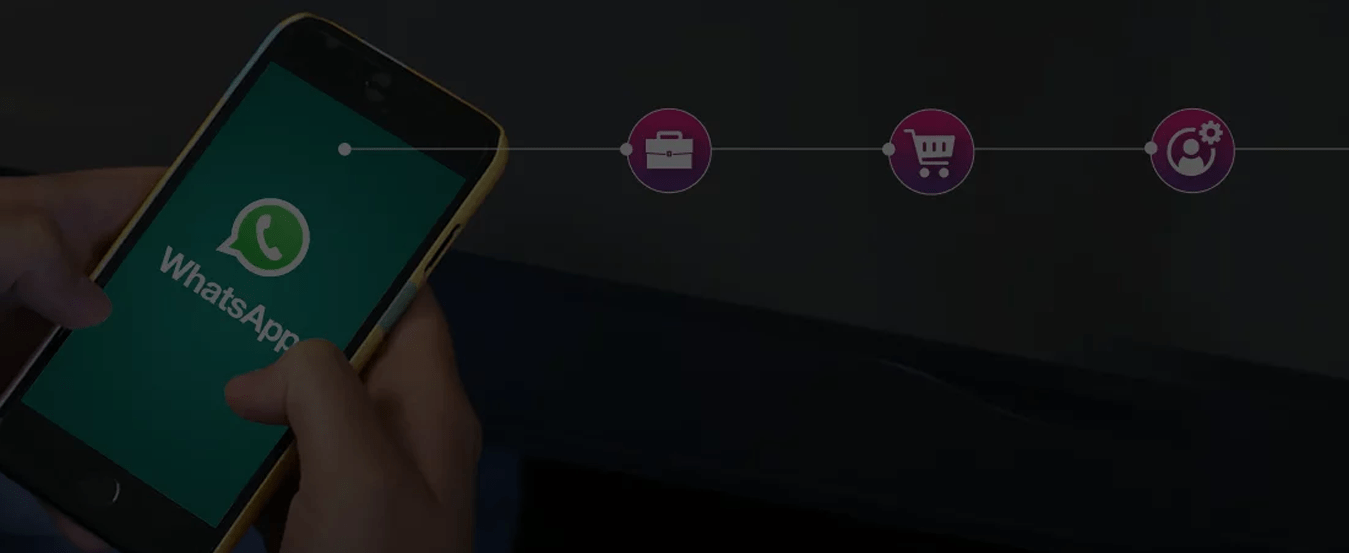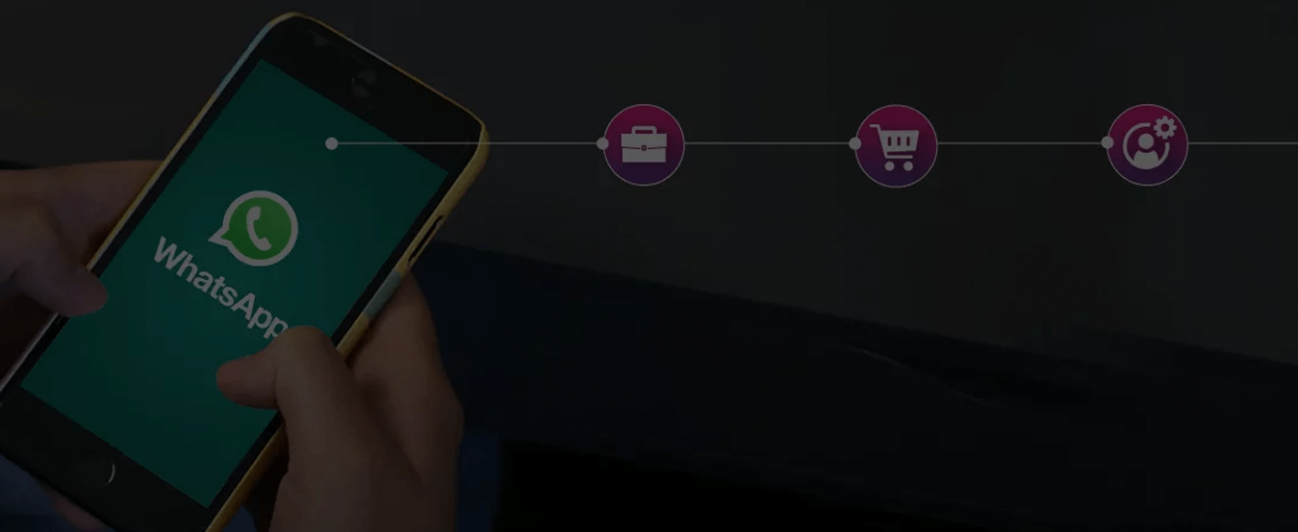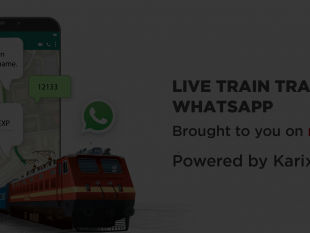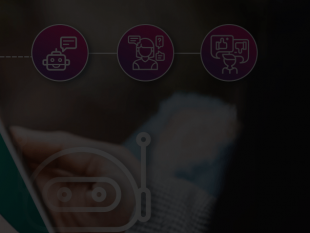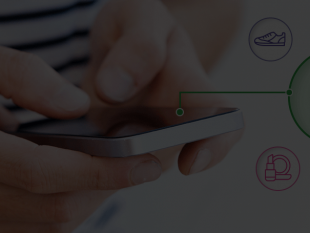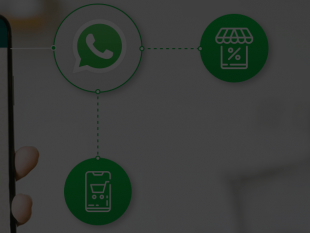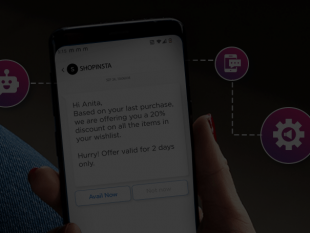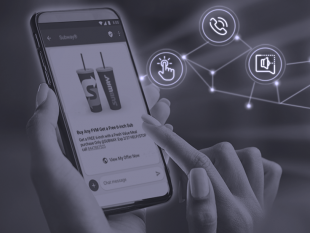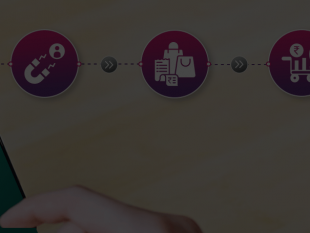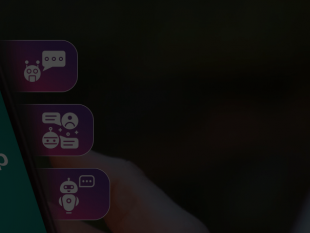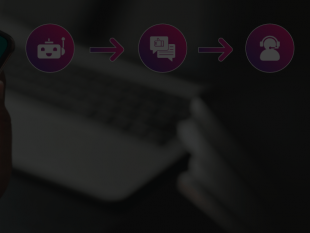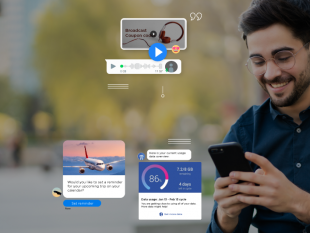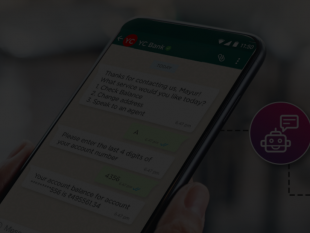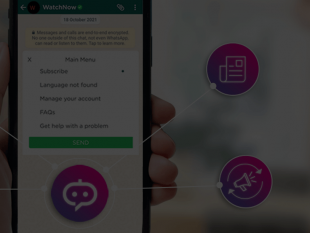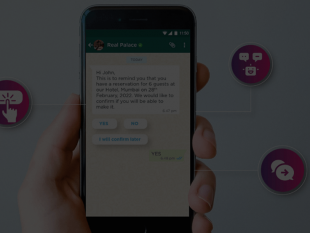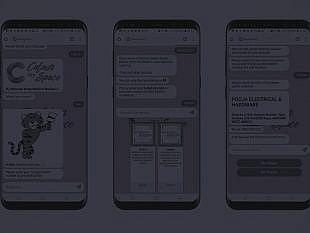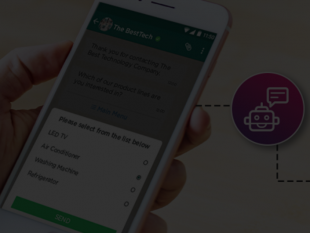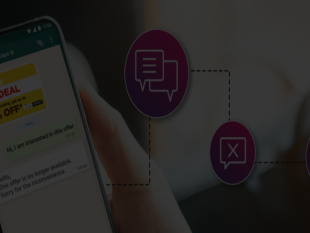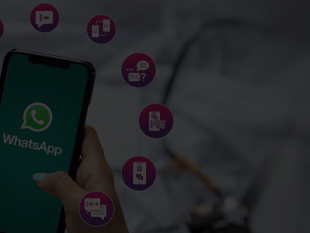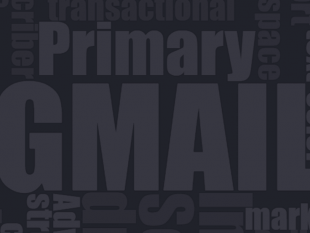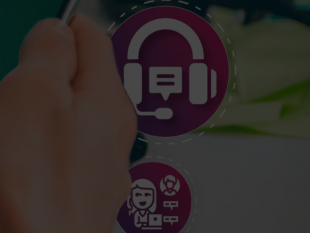
It’s hard to imagine a more perfect product-market fit than chatbots in the age of e-commerce. Live chat conversations – both real and automated, have become the preferred mode of communication with a brand for a whopping 73% of consumers according to research from the eDigital Customer Service survey. Additionally, data from Invesp shows that customers who use the live chat feature on average spend 60% more than those who don’t.
If you’re considering a viable live chat solution for your e-commerce business in 2021, WhatsApp Business is almost a no-brainer. With over 1.5 billion monthly active users, WhatsApp offers a reach that other solutions struggle to match.
With that said, let’s look at the best ways to use the powerful WhatsApp Business API to build an audience, turn them into paying customers and then keep them coming back for more.
How to use WhatsApp Business for different stages in your user journey
1. Lead generation/ Customer Acquisition
Converting online prospects into subscribers and more is something WhatsApp is uniquely suited to. When a conversation moves from a browser on the prospect’s laptop to their phone, it automatically becomes more “real” and natural.
Since users actively opt-in to receive marketing communication from you, it automatically moves them further along in the customer journey.
Use chat bubbles on your website to invite visitors to move the conversation to WhatsApp for any queries or solutions they might need.
Make WhatsApp the CTA for your ad campaigns. Guide prospects that click on your Facebook or Google ad to a WhatsApp conversation instead of a landing page. This puts them in a familiar, safe space right from the get-go making it more likely that they will take the actions you want them to.
2. Engaging customers to drive sales
You can reignite your sales funnel within WhatsApp to target new or returning users.
Offer discounts within a WhatsApp chatbot conversation with an automated series of questions that will activate the voucher/discount.
This way, your leads will be able to bypass cumbersome processes like email verification and get straight to the good part – the discounts.
On the backend, you can use the bot to track the status of your vouchers and send reminders to customers who may not have redeemed their offers.
3. Provide a personalized experience for users
The WhatsApp API allows you to obtain the phone number, country code and occasionally the WhatsApp name of anyone who agrees to receive communication from you.
You can use this data in your chatbots to provide region specific options (such as in their local language) to users. If you want to provide them more bespoke recommendations, you can ask them additional questions within the chatbot to suggest a specific product or service.
4. Cross-selling with product suggestions
Since you are already conversing with your prospect inside WhatsApp, you can simply use videos and images of the product you are discussing or suggesting. Send your users a mobile optimized URL that they can go to if they are interested. You don’t need any fancy animation packages or complicated tech.
For example, if you have determined through your questioning that the prospect is interested in running, you can send them a quick video/image with a URL for some shoes you think they would like.
You can also create a conversation automation that works as a product finder, guiding the user through a quiz-like series of questions and suggestions until they find something they like.
5. Help Guides/FAQs
According to research by Kinsta, 75% of online customers want to have their query addressed within 5 minutes. WhatsApp chatbots bring down this number significantly, with the ability to continue a conversation that was started on a desktop device on a mobile phone immediately.
Use WhatsApp to send product usage guides to your audience. Note that a usage guide isn’t just about answering FAQs – it can also showcase the benefits of your product.
FAQs are important, except no one likes going to the FAQ page on a website each time they have a query. Just create a WhatsApp bot that acts as an FAQ guide.
Occasionally, you can also send general advice about your niche to your audience. Maybe create a great guide that talks about maintenance or upkeep that your community will appreciate.
6. Abandoned cart recovery funnels
The most conservative estimates of the average all-sector shopping cart abandonment rate still put it at a staggering 70%. That means 7 out of every 10 transactions are not completed.
When you consider that only 41% of cart abandonment emails get opened, much less clicked through, the gravity of the situation becomes clear.
Interestingly, the open rate for SMS (82%, according to Shift) and Facebook Messenger (80%) remains high. When you consider the 1.5 billion user base, this trend makes WhatsApp a great solution for addressing the cart abandonment issue.
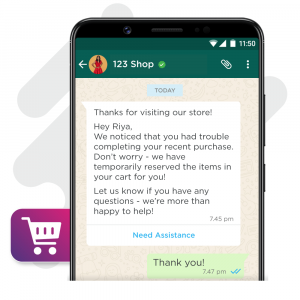
7. Purchase confirmations and invoices
WhatsApp has end-to-end encryption, which means it is secure to end sensitive information such as payment confirmations, billing problems or invoices to your customers. Most people will prefer receiving these details on their phone where they are conveniently accessible whenever needed.
8. After sale support
Once the order reaches your customer, you can check in with them to see if everything is going smoothly. Product-specific automated WhatsApp messages can go a long way towards fostering loyalty and improving the overall customer experience.
If a customer replies to one of these messages, you can either lead them through an automated funnel or transfer them to a live agent to continue the conversation.
9. Shipping updates
Everyone who has bought a product online has at some point or another found themselves on some strange website, frantically putting in tracking codes and hoping their purchase hasn’t disappeared off the face of the earth.
WhatsApp Business allows you to bypass this by sending shipping updates every time the status of the package changes.
Have you shipped the product your customer ordered? Let them know.
Is their product out for delivery? Let them know.
10. Loyalty programs
Research by Capgemini shows that 54% loyalty programs are totally dormant, and more than a third of users never know about or redeem their rewards for being part of the program.
WhatsApp is a great platform to create and nurture customer loyalty.
For example, you can have your users solve quizzes or puzzles to earn loyalty points that they can exchange for discounts or rewards.
If your users have collected loyalty points but haven’t taken advantage of them, send them a gentle reminder that encourages them to redeem those points.
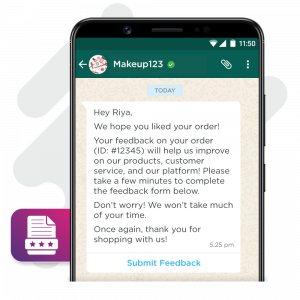
11. Collect user reviews and feedback
Collecting genuine user reviews is a challenge. If you send emails asking people to send in their feedback, very few of them ever get opened.
Even people who would want to send in a review usually don’t because of the effort it usually takes. You can shortcut this process by just sending out an automated review request message that encourages the user to simply reply to it with their review.
Think about the sheer number of reviews you could generate if all your customers needed to do was reply to a simple message on their phone instead of the usual process of signups and inboxes.
12. User generated content
User-generated content is proven to improve the trustworthiness of a brand online, but it is also a challenge to gather.
With WhatsApp, you can just have your users send in a picture or record a video of themselves using your product and send it in. Since they are already sharing media regularly on WhatsApp with their friends/family, it makes the process of collecting this kind of content relatively pain-free.
You can showcase the best or most creative user submissions you find on your other social platforms and your website.
In conclusion, the WhatsApp Business API is a must-have for brands who engage in online commerce. The rise of live chat as a customer service combined with the massive user base and pre-existing user familiarity with the platform points to the vast possibilities of WhatsApp as a communication channel in 2021 and beyond.
